From grunge band Nirvana to expatriate author Alice B. Toklas, Seattle’s arts and culture scene is as varied as its inhabitants. At once discerning and laid-back, Seattleites love both high- and lowbrow entertainment any night of the week. Small clubs throughout the city host live music; local playwrights showcase their talents to packed houses in fringe theaters; and neighborhood galleries lure jeans-clad crowds to view local, national, and international art. Seattle is a place where Armani and Old Navy mingle – sometimes in the same outfit – and its arts and culture scene reflects this.
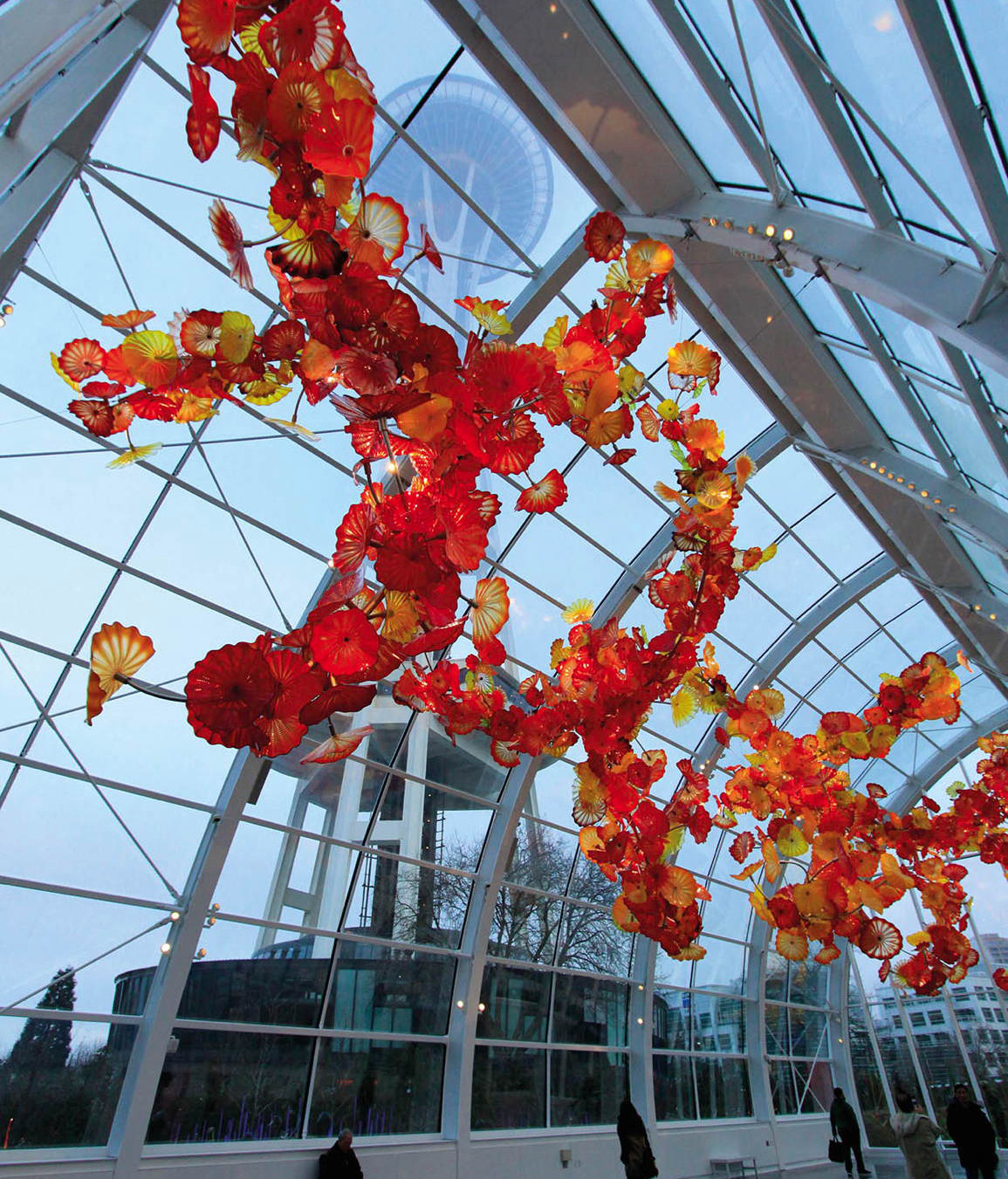
The Space Needle from the Chihuly Garden and Glass exhibit.
nathaniel gonzales/APA publishing
Live Music
Seattle is perpetually defined by its music scene, as the Paul Allen-funded EMP Museum attests (for more information, click here), with attractions to appease all modern music fans, from Jimi Hendrix to Janis Joplin, to a gallery devoted to the development of the ‘Northwest sound.’
Grunge might have made Seattle an essential stop on the live music circuit, but today you are more likely to hear electronica, hip-hop, or indie punk in the clubs that made grunge famous.
Long known as the birthplace of grunge rock (à la Kurt Cobain and Eddie Vedder), Seattle has a lively music scene beyond bass guitars and gritty vocals. From the highly regarded Seattle Symphony and Seattle Opera to concert series featuring star-studded line-ups and small venues hosting up-and-coming musicians – from jazz to indie rock – Seattle is a mecca for all musical tastes. Classical music aficionados head to Benaroya Hall, where Ludovic Morlot conducts the Seattle Symphony and a distinguished roster of guest artists perform. Marion Oliver McCaw Hall is home to the Seattle Opera, with sold-out performances and its critically acclaimed Wagner’s Ring Cycle performed every four years.
Beyond these first-class venues for the performing arts, there is an intense and varied music scene of innovative sounds for today’s tastes. Those looking for live music find it at a variety of small venues – the Crocodile Café, Tractor Tavern, Dimitriou’s Jazz Alley, Showbox at the Market, and Chop Suey, among others. The most complete gig listings can be found in the city’s two free weekly publications, Seattle Weekly and The Stranger.
Celebrating Summer
Every Labor Day weekend, Bumbershoot, one of the nation’s largest urban arts festivals, floods the Seattle Center with creative folk. Though music is a primary draw, the nonstop showcase of musicians and rising stars at 30 indoor and outdoor venues is complemented by craft booths, fare from local restaurants, and even an animated short-film festival. Summer sees numerous other festivals, including Seafair, Seattle Pride Fest, Bite of Seattle, Seattle Beerfest, Hempfest and Capitol Hill Block Party. After months of rain, Seattleites take full advantage of the warm months. Nearly every weekend from mid-June through early September sees outdoor festivals, parades, neighborhood events, outdoor concerts, or excuses for eating. Expect large crowds and world-class people-watching – summer festivals bring out the crazier side of the city.
In summer, outdoor concerts feature a top-notch list of popular artists – plus opportunities to enjoy live music while picnicking. The Woodland Park Zoo (for more information, click here) hosts Zoo Tunes, drawing artists such as Ziggy Marley and Melissa Etheridge. And Woodinville’s Chateau Ste Michelle winery (for more information, click here) presents a blend of blues, jazz, and rock, June through September, at its outdoor amphitheater. Concertgoers bring their own dinners, buy a bottle of wine, and dance in the grass to big-draw performers such as James Taylor, Stevie Wonder, and the Beach Boys.
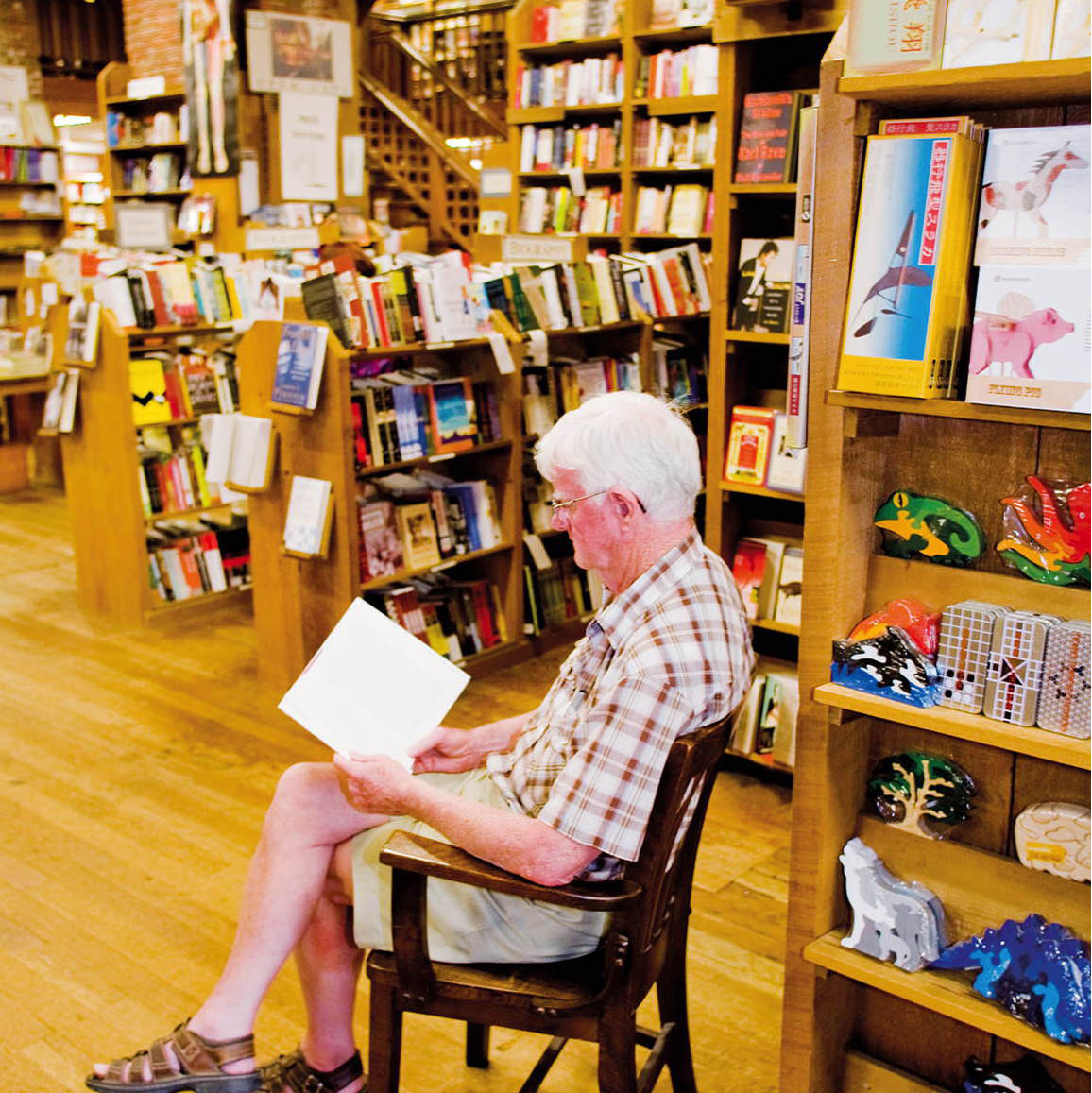
Whiling away the hours one of Seattle’s many book stores.
Tim Thompson/Apa Publications
Dance
In the 1970s, a generation of aspiring choreographers moved to Seattle to perform and study with acclaimed modern-dance choreographer Bill Evans. Since then, dance – from classic to interpretive to modern – has found a sturdy foundation on Seattle stages, which have spawned choreographers such as Trisha Brown, Mark Morris, Pat Graney, and Christian Swenson.
The state’s largest professional contemporary dance company, Spectrum Dance Theater, has garnered national and international attention. When the company is not touring, it holds most of its performances at the Moore Theatre.
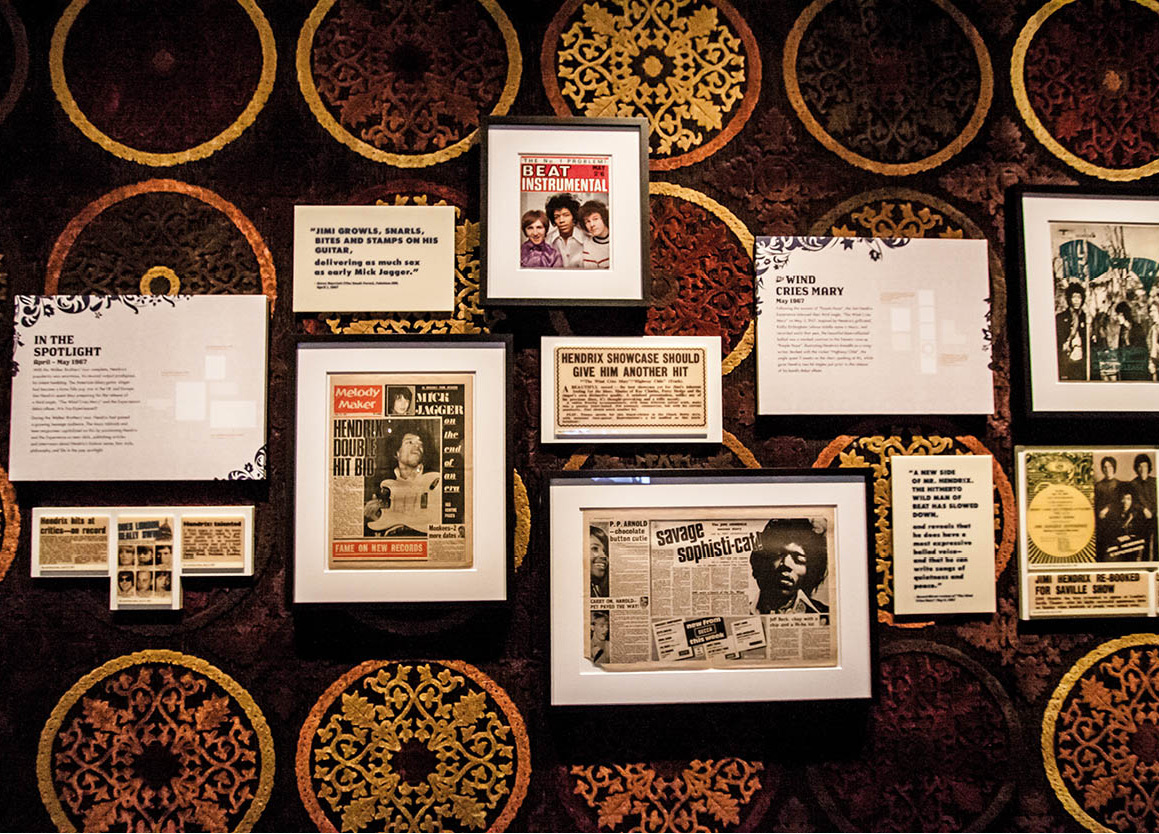
The Jimi Hendrix exhibit at the EMP Museum.
Nathaniel Gonzales/APA Publication
And, recognized as one of the first institutions in the country to premiere experimental modern works by both national and international artists, On the Boards – founded in 1978 – is Seattle’s premier contemporary performance organization. It showcases breakthrough performances by local artists in its spring Northwest New Works Festival and 12 Minutes Max, which highlights emerging artists.
Seattle’s celebrated ballet company, the Pacific Northwest Ballet, draws the highest per-capita dance attendance in the country. Led by artistic director Peter Boal, the ballet’s active repertoire includes classics such as Swan Lake and the popular annual performance of Nutcracker, choreographed by founding artistic director Kent Stowell, with sets designed by children’s-book illustrator Maurice Sendak, best known for Where the Wild Things Are.
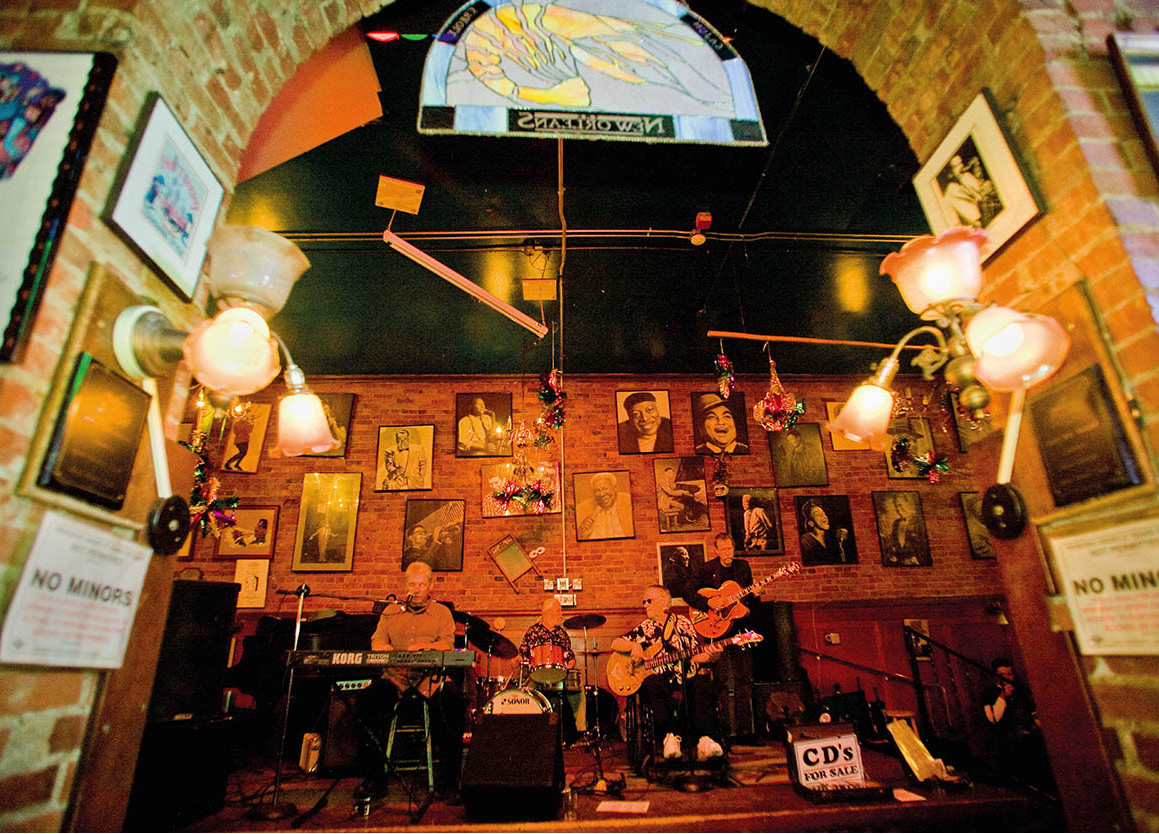
Live jazz at New Orleans Creole Restaurant.
Tim Thompson/Apa Publications
On the screen
Far from the snowy peaks of Sundance or the sun-drenched beaches of Cannes, Seattle hosts the largest, most attended film festival in the United States. Seattle International Film Festival (SIFF), founded in 1976, draws over 150,000 people to see more than 450 films each spring at venues throughout the city. From late May to mid-June, SIFF premieres independent, documentary, and foreign films from many genres. Movies such as Burning in the Wind (2003) and Nate Dogg (2003) had their world premieres here, and many more, such as Monster House (2006) and Gus Van Sant’s Last Days (2005) made North American debuts.
SIFF may be the city’s largest film festival, but Seattle hosts several others throughout the year. Washington state’s largest showcase for Asian American films, the Northwest Asian American Film Festival, is held at Theatre Off Jackson in January. Other local fests include Children’s Film Festival Seattle (January–February); the Seattle Jewish Film Festival (March); the Seattle Arab and Iranian Film Festival (March–April); the Langston Hughes African American Film Festival (April–May); Seattle’s True Independent Film Festival (June); the Seattle Latino Film Festival (October); and the Seattle Lesbian and Gay Film Festival (October).
Visual arts
As varied and distinctive as its inhabitants, Seattle’s visual arts scene has a lot to offer – from paintings and photography to sculptures and video installations. At the center of it all, the Seattle Art Museum (for more information, click here) is internationally recognized for its extensive collection of African, Native American, and Asian art, as well as modern art by Pacific Northwest artists. The permanent collection includes 21,000 pieces, and blockbuster exhibits visit the museum on an ongoing basis.
The museum’s sister space, the Seattle Asian Art Museum (for more information, click here), is housed in an Art Deco structure on Capitol Hill and comprises an incomparable collection of Asian art and artifacts, from 4,000-year-old Japanese tomb art to 19th-century Chinese snuff bottles, as well as contemporary pieces. Thanks to its stately assemblage of items, the museum ranks as one of the top collections outside Asia. SAM’s Olympic Sculpture Park (for more information, click here), a 9-acre (3.6-hectare) outdoor sculpture museum on the waterfront, features visiting installations, as well as permanent works by celebrated artists like Louise Bourgeois, Roy McMakin, and Richard Serra. And additionally, the park features one of the city’s most celebrated visuals: dynamic views of the Olympic Mountains, Puget Sound, and Seattle’s cityscape.
On First Hill is the Frye Art Museum (for more information, click here), where a modern facade hides a classical interior filled with representational landscape and portrait works as well as 19th-century German paintings from the collection of the museum’s founders, Charles and Emma Frye. The Henry Art Gallery (for more information, click here), on the University of Washington campus, is the Northwest’s premier contemporary art space.
Pioneer Square’s First Thursday Gallery Walk draws an estimated 6,000–10,000 art lovers in the summer, and 1,000–2,000 in the winter.
South of Seattle, in Tacoma, is the Museum of Glass, offering glassblowing demonstrations as well as three galleries of contemporary glass-art exhibitions. The museum is linked to the Tacoma campus of the University of Washington by the Chihuly Bridge of Glass, a 500ft (152-meter) pedestrian overpass filled with glass. Tacoma is the hometown of world-renowned glass artist Dale Chihuly, who co-founded the Pilchuck Glass School in Stanwood, Washington, in 1971. Visitors who would rather not make the trek south can tour many of Chihuly’s works at the Chihuly Garden and Glass Museum, which opened at the Seattle Center in 2012.
Art collectors and browsers find endless fodder in Seattle’s many galleries, some of which are located within walking distance of one another in Pioneer Square.
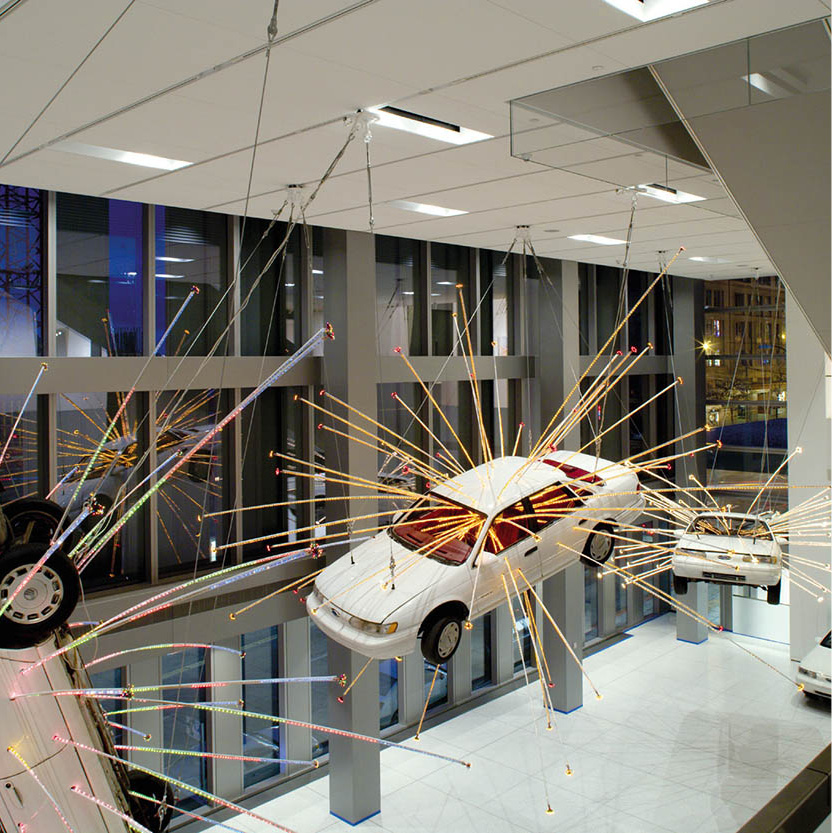
Seattle Art Museum.
Lara Swimmer/SAM
Literature
Year round, in cafés throughout the city, you’ll find Seattleites lost in books – lattes in hand. But reading is not just a casual pastime for its literary-inclined residents, it’s a joie de vivre.
Author events are held – and highly attended – throughout the area, from theater-packed lectures by famous authors to intimate readings at locally owned bookstores and Capitol Hill’s celebrated literary center, Richard Hugo House. Writers such as Jonathan Raban (Arabia: A Journey Through the Labyrinth), Sherman Alexie (The Absolutely True Diary of a Part-Time Indian) and David Guterson (Snow Falling on Cedars) have made the city their home, further raising Seattle’s reputation as a creative hub.
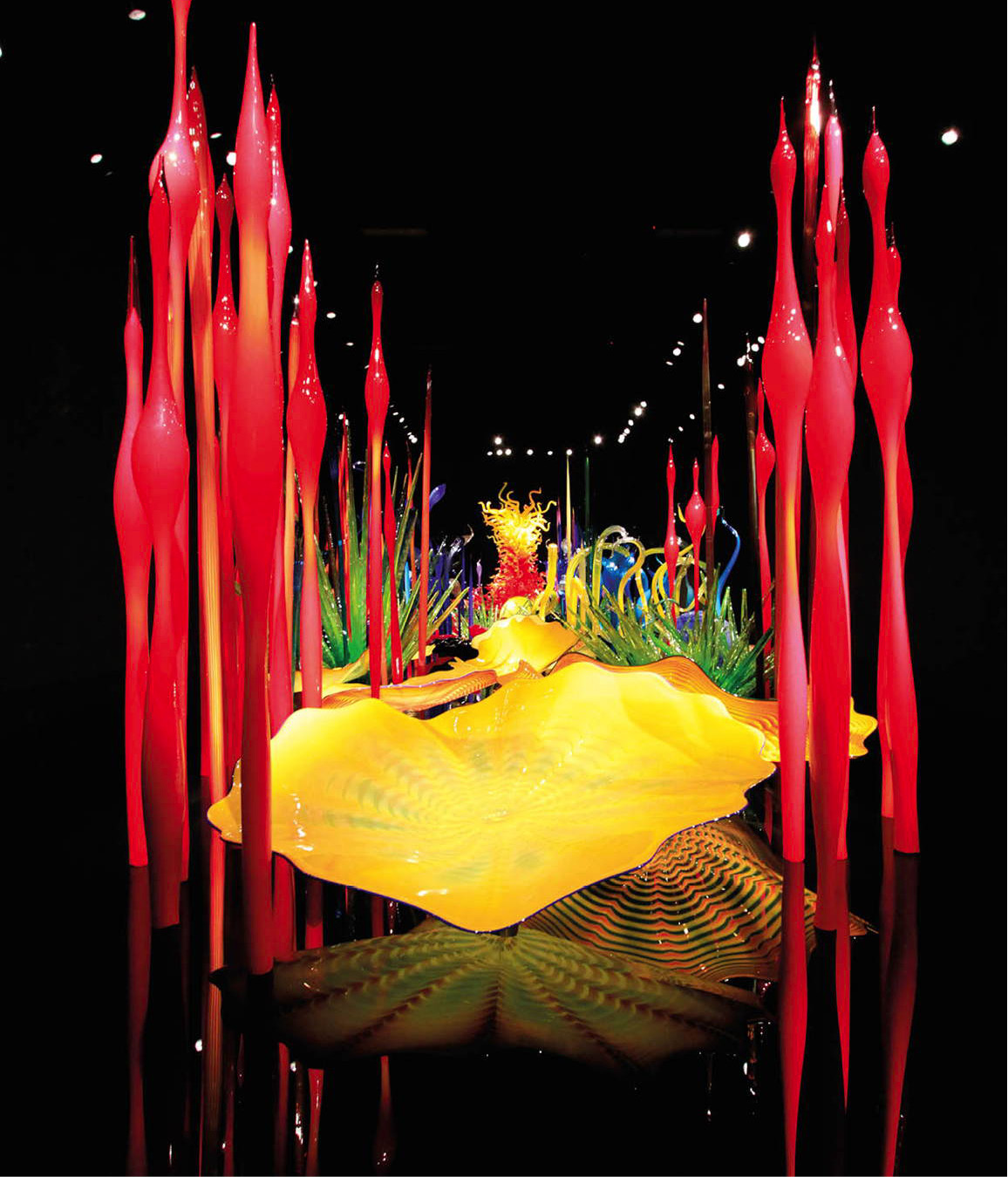
Millefiori display at Chihuly Garden and Glass.
nathaniel gonzales/APA publishing
Seattle Arts & Lectures hosts an annual poetry series and its annual Literary Lecture Series, which has presented numerous literary giants including Stephen King, Frank McCourt, and Margaret Atwood. The quintessential Northwest bookstore, Elliott Bay Books (for more information, click here) – independent and family-owned since 1973 – offers a noteworthy line-up of speakers, paying equal attention to local and international writers. The store hosts several author events a month.
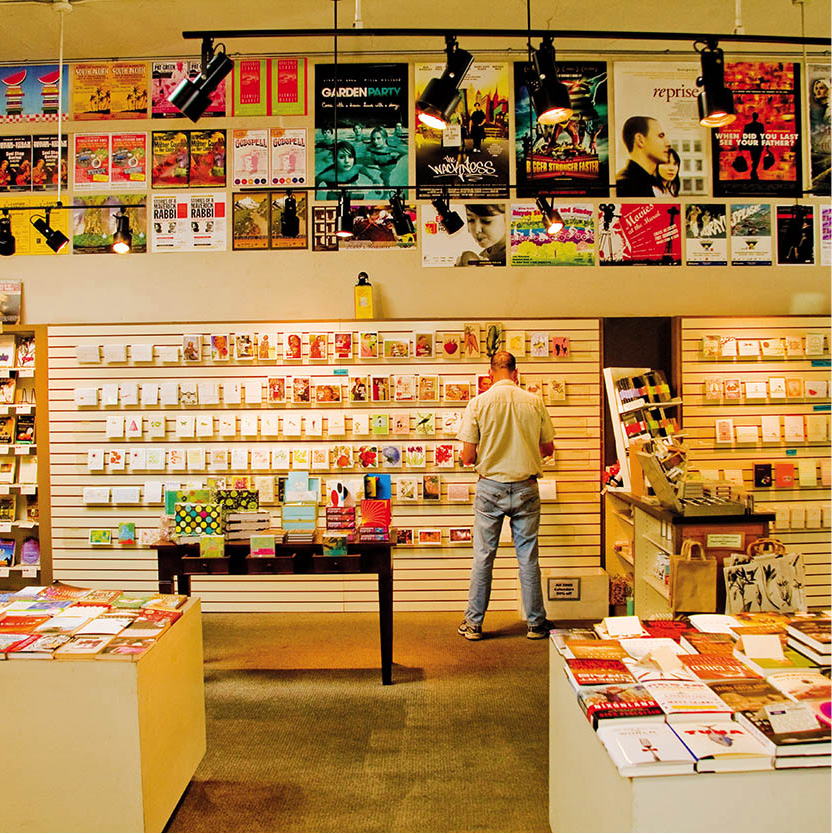
Many book stores host readings and other events.
Tim Thompson/Apa Publications
Theater
Theater has well-established roots in Seattle. From fringe to top-notch traveling shows, the Seattle stage has a devoted audience. The city has a reputation as the Broadway capital of the West Coast, with many Broadway-bound shows making their debuts in Seattle.
Broadway-style shows can be found at the 5th Avenue Theatre, where Hairspray, which went on to win eight Tony Awards, and The Wedding Singer premiered for Seattleites before finding glory in New York. The Paramount Theatre, in a beautifully restored historic building, draws large crowds for award-winning shows and traveling companies and performers, as well as top names in music and comedy. Another historic Seattle theater, the Moore Theatre (1907) hosts a rotating line-up of everything from off-Broadway shows to stand-up comics.
Professional performances can also be found in the more intimate settings of smaller theaters. Intiman Theatre, Book-It, and Seattle Shakespeare Company, all at the Seattle Center, specialize respectively in revivals, adaptations of classic literature, and productions of the Bard. But don’t expect lowbrow performances at these smaller venues. Intiman Theatre premiered A Light in the Piazza, which later garnered numerous Tony Awards in New York and toured the country.
One of America’s premier nonprofit resident theatres, Seattle Repertory Theatre is an internationally recognized, Tony Award-winning regional theater with an audience of 90,000 each season. The Rep produces high-caliber shows on two different stages, the Bagley Wright Theatre and Leo K. Theatre.
ACT Theatre is among the largest theaters in Seattle and presents innovative contemporary performances. From annual favorites like A Christmas Carol to world premieres that have gone on to New York (like Scent of the Roses and In the Penal Colony), it’s no wonder ACT’s subscribers continue coming back for more.
While many fringe and alternative theaters have come and gone, others have found a loyal audience in Seattle’s discerning and culturally inclined crowd.